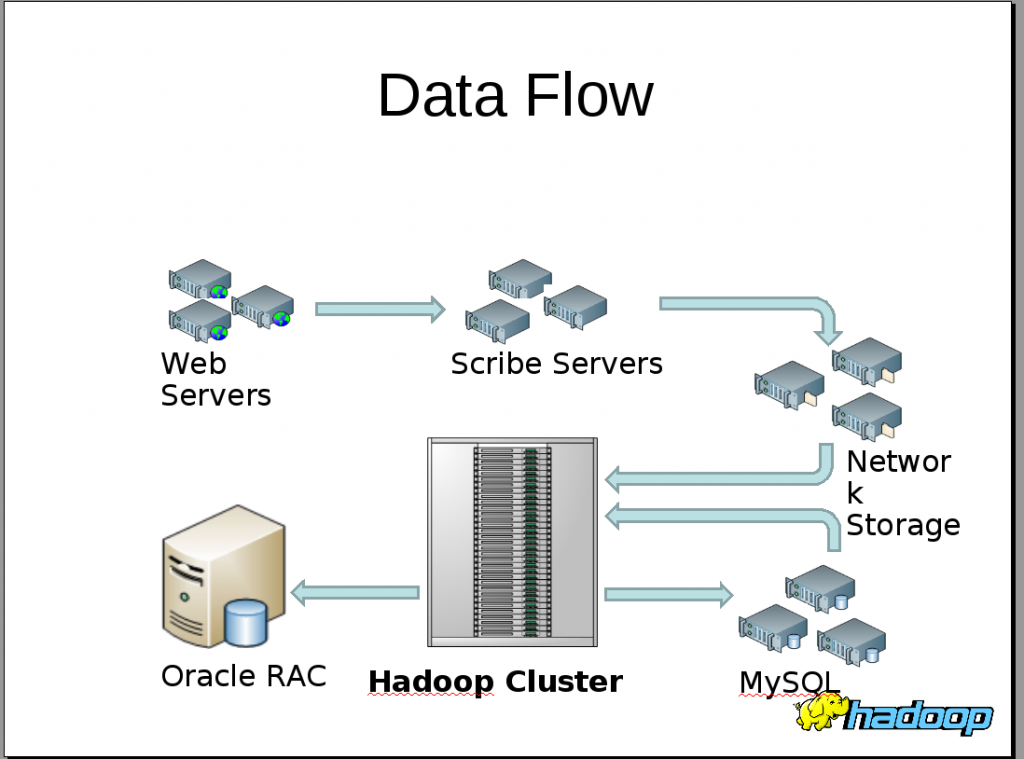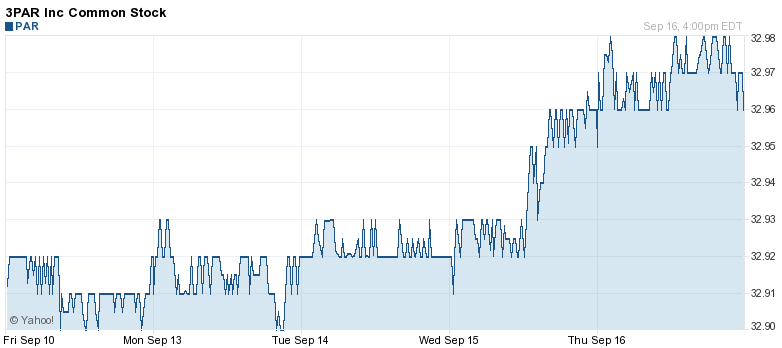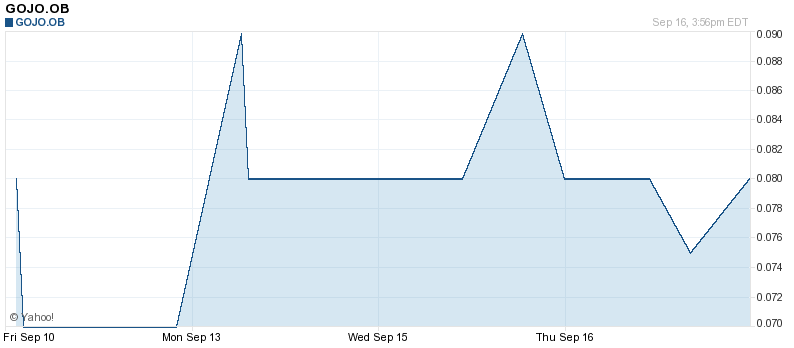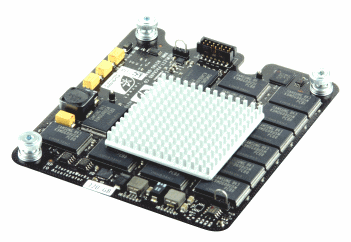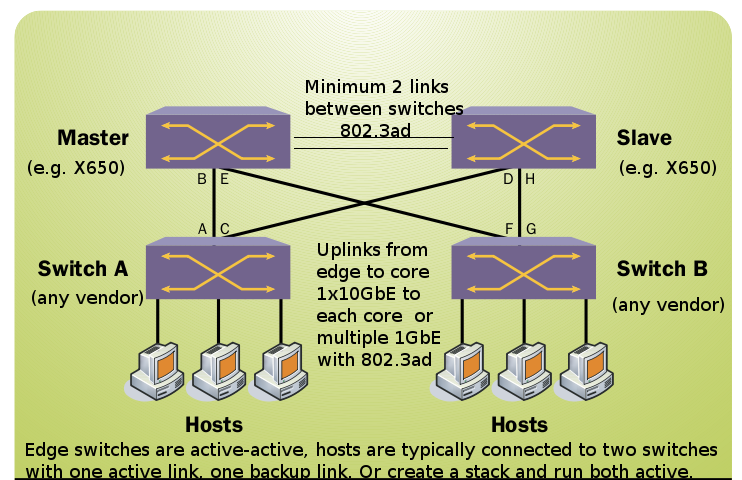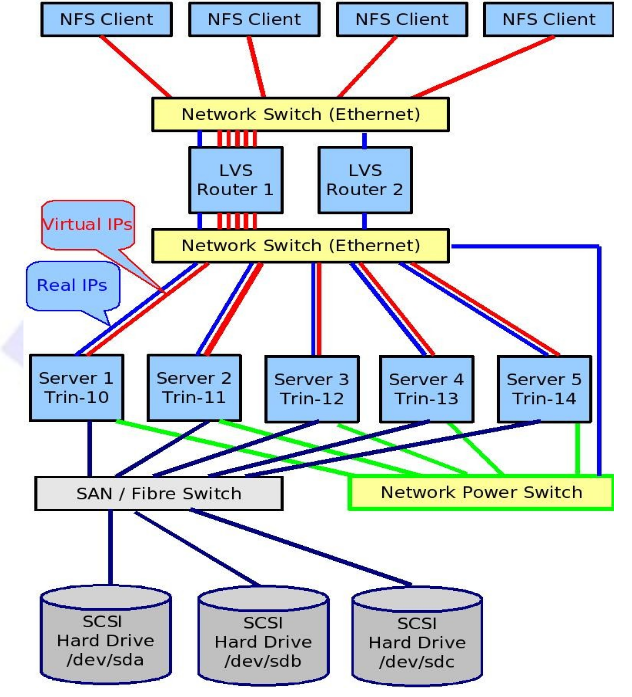I can’t help but laugh. I mean I’ve been involved in several initiatives surrounding the cloud. So many people out there think the cloud is efficient and cost effective. Whoever came up with the whole concept deserves to have their own island (or country) by now.
Because, really, competing against the cloud is like grenade fishing in a barrel. Shooting fish in a barrel isn’t easy enough, really it’s not!
Chuck from EMC earlier in the year talked to the folks at Pfizer around their use of the Amazon cloud, and the real story behind it. Interesting read, really shows the value you can get from the cloud if you use it right.
R+D’s use of HPC resources is unimaginably bursty and diverse, where on any given day one of 1000 different applications will be run. Periodically enormous projects (of very short duration!) come up very quickly, driven by new science or insights, which sometimes are required to make key financial or strategic decisions with vast amounts of money at stake for the business.
As a result, there’s no real ability to forecast or plan in any sort of traditional IT sense. The HPC team has to be able to respond in a matter of days to huge requests for on-demand resources — far outside the normal peaks and valleys you’d find in most traditional IT settings.
But those use cases at the moment really are few and far between. Contrasted by use cases of having your own cloud (of sorts) lots more use there. It would not surprise me if over time Pfizer continues to expand it’s internal HPC stuff as it gets more of a grasp as far as what the average utilization rate is and host more and more stuff internally vs going to Amazon. It’s just that in the early days of this they don’t have enough data to predict how much they need. They may never get completely out of the cloud I’m just saying that the high watermark(for lack of a better term) can be monitored so that there is less significant “bursting” to the cloud.
Now if Pfizer is unable to ever really get a grip on forecasting their HPC requirements well then they might just keep using the cloud, but I suspect at the end of the day they’ will get better forecasting. They obviously have the talent internally to do this very tricky balance of cloud and internal HPC. The cloud people would have you believe it’s a simple thing to do, it’s really not. Especially for off the shelf applications. If you have seen the numbers I have seen, you’d shake your head too. Sort of the response I had when I did come across a real good use case for the cloud earlier this year.
I could see paying a lot more for premium cloud services if I got more, but I don’t get more, in fact I get less, a LOT less, than doing it myself. Now for my own personal “server” that is in the Terremark cloud I can live with it, not a big deal my needs are tiny(though now that I think about it they couldn’t even give me a 2nd NAT address for a 2nd VM for SMTP purposes, I had to create a 2nd account to put my 2nd VM in it to get my 2nd NAT address, costs for me are the same regardless but it is a bit more complicated than it should be, and opening a 2nd account in their system caused all sorts of problems with their back end which seemed to get confused by having two accounts with the same name, had to engage support on more than one occasion to get all the issues fixed). But for real work stuff, no way.
Still so many sheep out there still buy the hype – hook, line and sinker.
Which can make jobs for people like me harder, I’ve heard the story time and time again from several different people in my position, PHB’s are so sold on the cloud concept they can’t comprehend why it’s so much more expensive then doing it yourself, so they want you to justify it six ways from Sunday (if that’s the right phrase). They know there’s something wrong with your math but they don’t know what it is so they want you to try to prove yourself wrong when your not. At the end of the day it works out though, just takes some time to break that glass ceiling (again it sounds like the right term but it might not be)
Then there’s the argument the cloud people make, I was involved in one deal earlier in the year, usual situation, and the cloud providers said “well do you really have the staff to manage all of this?” I said “IT IS A RACK AND A HALF OF EQUIPMENT, HOW MANY PEOPLE DO I NEED, REALLY?“ They were just as oblivious to that as the PHB’s were to the cloud costs.
While I’m thinking of wikipedia anyone else experience massive slowdowns with their DNS infrastructure? It takes FOREVER to resolve their domains for me. All other domains resolve really fast. I run my own DNS, maybe there is something wrong with it I’m not sure, haven’t investigated.
